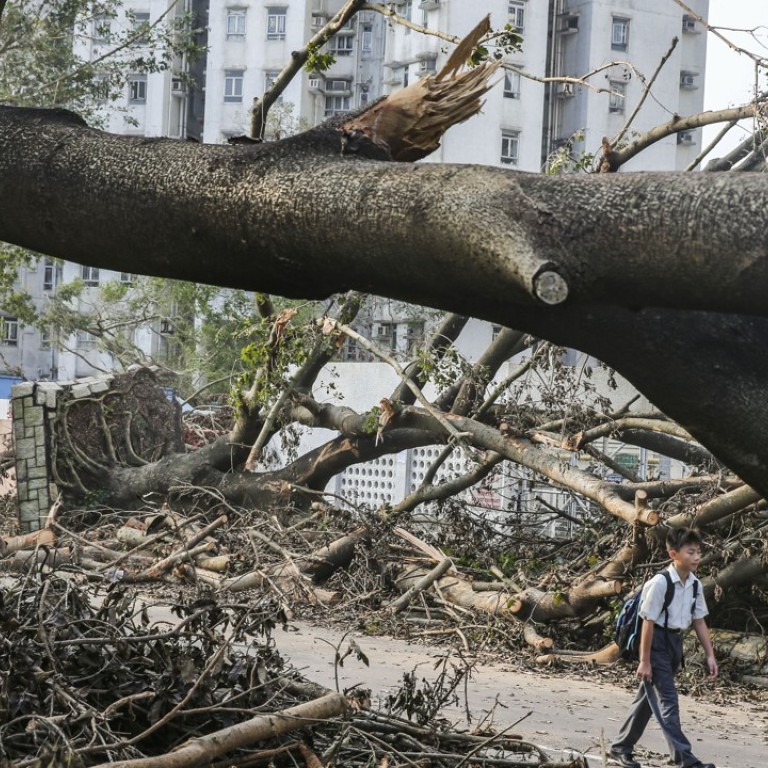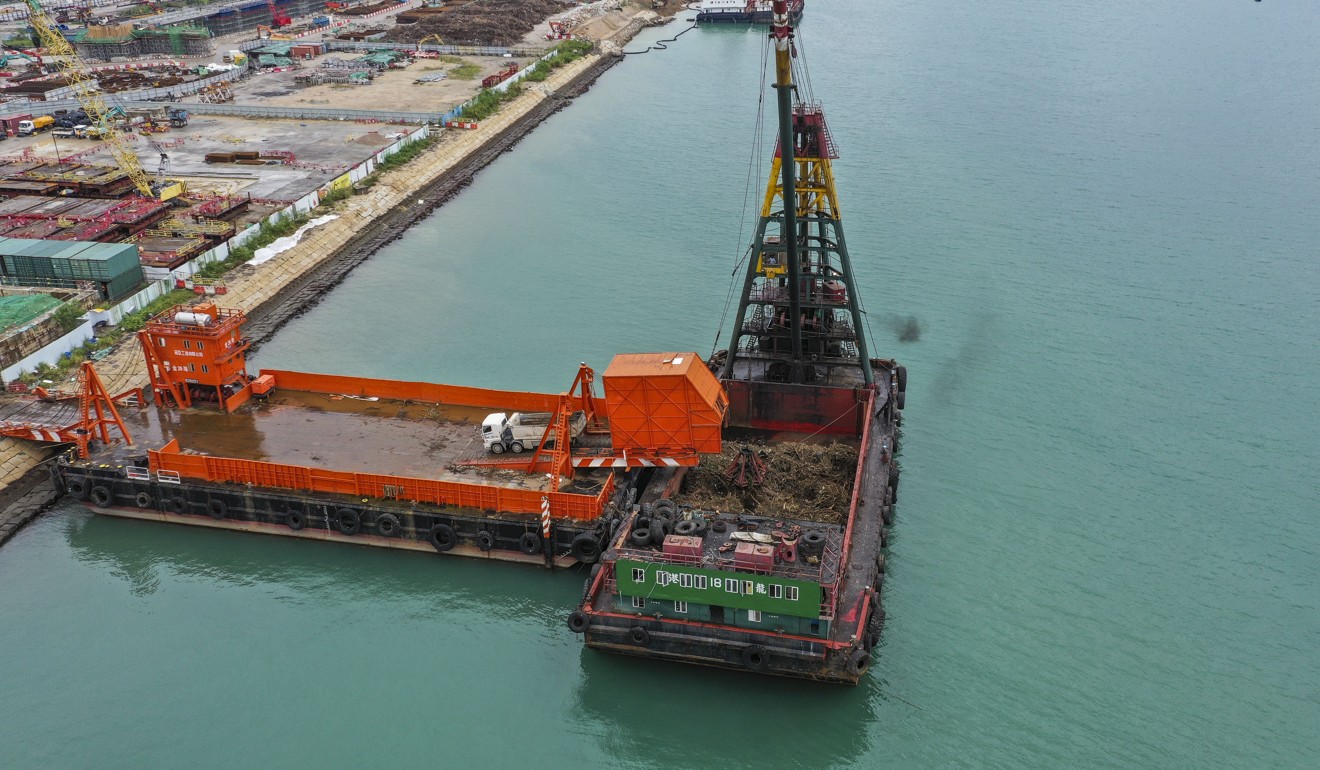
Hong Kong ombudsman will consider investigating government’s handling of tree waste in the aftermath of Typhoon Mangkhut
- Responding to lawmakers’ questions, Connie Lau said she would make initial inquiries to see if an investigation is warranted
- Some 20,480 tonnes of tree waste caused by Typhoon Mangkhut has ended up in landfill rather than being repurposed
Ombudsman Connie Lau Yin-hing said she would consider investigating the government’s handling of fallen trees in the aftermath of Typhoon Mangkhut. She made the comments in response to lawmakers’ requests in a Legislative Council meeting on Friday.
“The government’s follow-up work fell short of the public’s expectations,” lawmaker Helena Wong Pik-wan of the Democratic Party said. She said there were still uncleared fallen trees on roadsides and lots of tree waste, rather than being recycled, has ended up in landfill, which will result in the release of the greenhouse gas methane.
Wong, in a Legco meeting with the Ombudsman, cited Fung Yuen in Tai Po as an example – on a recent visit, she said, she still saw lots of fallen trees piled up giving off a smell.
Thousands of truckloads of typhoon tree waste need new home

Another lawmaker, Holden Chow Ho-ding from the Democratic Alliance for the Betterment and Progress of Hong Kong, brought up a similar question about fallen trees and hoped the Ombudsman would investigate the human resources, equipment and interdepartmental coordination in the handling to improve the government’s efficiency.
In response, Lau said the chief executive had already appointed the secretary for security to conduct a comprehensive review of the government’s approach to handling typhoons. “Regarding tree clearance, we will make some inquiries first to get more information before deciding whether a direct investigation is needed,” Lau said.
3 workers hurt by falling fence while removing trees toppled by Mangkhut

Lawmaker Wilson Or Chong-shing suggested that the Ombudsman especially look into the functions of the Tree Management Office under the Development Bureau to improve its capability to coordinate regular tree management among departments and safety issues.
The government has been criticised for failing to handle the tree waste resulting from Typhoon Mangkhut hitting the city three months ago. Most of the tree waste, stored at a temporary collection area on the former airport runway at Kai Tak, the size of 12 soccer pitches, went to landfill in Tuen Mun. Only about 900 pieces of wood were selected for reuse.
The Environment Protection Department revealed this week in response to a lawmaker inquiry that tree waste caused by Mangkhut that ended up in landfill accounted for 20,480 tonnes, almost the same as the total amount of yard waste collected by all government departments this year, as of October. Tree experts and environmentalists argued the government could have planned better to avoid most of the waste ending up in landfill.
